Interview with Lavanya Karthik, Author of ‘The Boy Who Wanted to Fly’
"The Boy Who Wanted to Fly" captures JRD Tata’s soaring dreams, childhood struggles, and the power of imagination that helped him change a nation forever.on Jun 25, 2025
.jpg)
Frontlist: Jeh dreamed of flying long before planes filled Indian skies. What drew you to tell the story of a young boy whose dreams eventually changed a nation?
Lavanya: The Dreamers series introduces its young readers to iconic men and women from various walks of life, through pivotal experiences in their childhoods, that shaped the adults they went on to be. They include scientists and mavericks, writers and athletes – all people that I have found inspiring, and grew up reading about or watching on television. JRD Tata was one such icon and I was fascinated by the descriptions of his early years, as a child of two cultures, travelling the world with his family. The freedom to dream, and to follow a dream are basic rights that every child deserves, and each book in this series explores the struggles and triumphs their subjects experience in their pursuit of their ambitions.
Frontlist: SunLit celebrates stories that illuminate forgotten or lesser-known childhoods. What part of Jeh’s early life surprised or inspired you most while creating this book?
Lavanya: Jeh’s fascination with flying was the core of my book. Jeh was growing up at a time when the craze for flying was sweeping across Europe and I wanted to capture some of that excitement. I was also touched by references in his biographies to his childhood experiences as an outsider in two cultures, facing taunts and teasing in schools in both India and France. Flight became a metaphor for Jeh finding a place he belonged, and became the joyous end to my story.
The story that surprised, and impressed me the most, was about him sneaking up onto the roof of his house in Paris during WW1, to watch the deadly German zeppelins hovering overhead in the sky. To have stood there in wonder, despite the grave danger, says a great deal about that young boy’s fascination for flight!
Frontlist: From Ninja Nani to Jeh, your stories often centre on unlikely heroes. What qualities do you think make a young protagonist truly take flight in a reader’s heart?
Lavanya: A protagonist must be someone a reader can relate to, and root for. They are not perfect, but they overcome their weaknesses or failings through the course of the story and stand up for what’s right. And of course, as I love humour in books, the ability to keep your audience laughing is also important!
Frontlist: Jeh’s story isn’t just about aviation; it’s about vision. How do you balance biographical facts with imaginative storytelling to keep young readers engaged and inspired?
Lavanya: I try to put myself in the shoes of the person I am writing about, and tell the story in a voice that fits the child they were. I deep dive into the research, learning everything I can about my subject, each book is also illustrated in a style that is somehow related to its subject, and often inspires the way I tell the story. For instance, the book about Salim Ali uses elements of miniature art to tell its story, while the motifs and imagery of thangka art inspired me to make the story on Bachendri Pal one about metaphorical gods and demons. The book on R K Narayan and R K Laxman borrows its voice from the former’s own writings, where he talks with wry candour about his failures before finding his path to success. All my books end on a note of hope; this, I believe, is important in writing for children.
Frontlist: As someone who once scribbled stories in school notebooks, what advice would you give to kids who, like Jeh, have big dreams that feel too far away?
Lavanya: Follow your dream. Find joy in the daily practice of your craft. Study the work of people you admire in the field you aspire to be in. And never stop learning!
Frontlist: What do you hope readers, especially young ones, take away from Jeh’s journey through doubt, hope, and lift-off?
Lavanya: I hope this story tells its readers they can – and should – have huge dreams and reach for the sky in their journey to achieve them. Doubt and failure are part of this journey and should be seen as steps, not hurdles, to reaching goals. The book also touches on feeling lonely and alienated as a child, and I hope children find hope in Jeh’s story, and his passion for flight.
Frontlist: Mumbai plays a quiet role in many of your books. Did your surroundings influence how you shaped Jeh’s early world in The Boy Who Wanted to Fly?
Lavanya: I do love my city and stories set in it feel extra special. A lot of the experiences detailed in the book happened in France, so it is the Parisian skyline and the beaches of the French Riviera that I studied, for the illustrations in this book.
Frontlist: Your stories often sparkle with warmth and humour. How did you weave that tone into a biographical narrative while honouring Jeh’s legacy
Lavanya: A book about someone should capture their personality, and give readers a sense of who they were. Jeh’s story is one of adventure and optimism, about a child with a dream who finally finds a place he belongs. I tried to put myself in his shoes as I wrote, imagining the sights he saw and the wonder he must have felt.


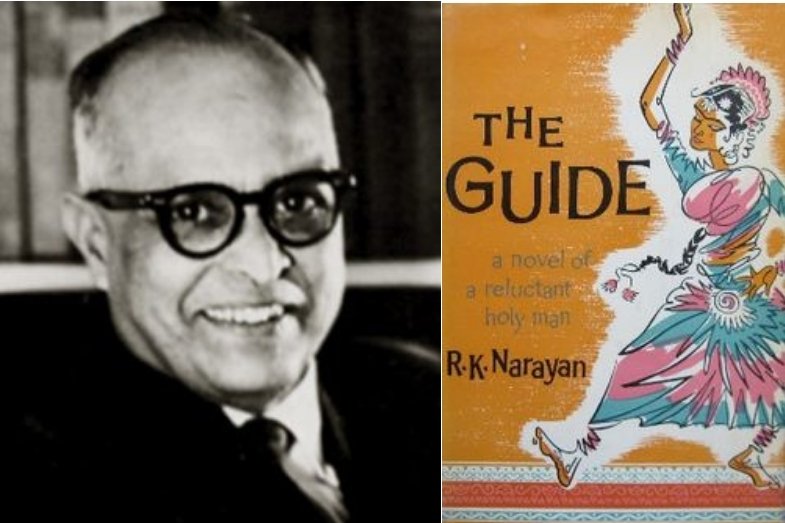
.jpg)



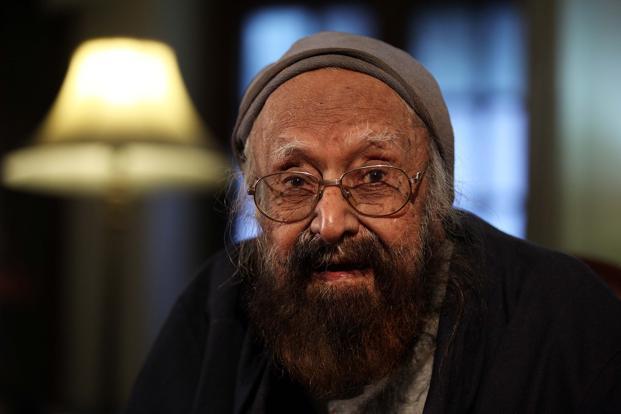


.jpg)


.jpg)
.jpg)
.jpg)
.jpg)
.jpg)
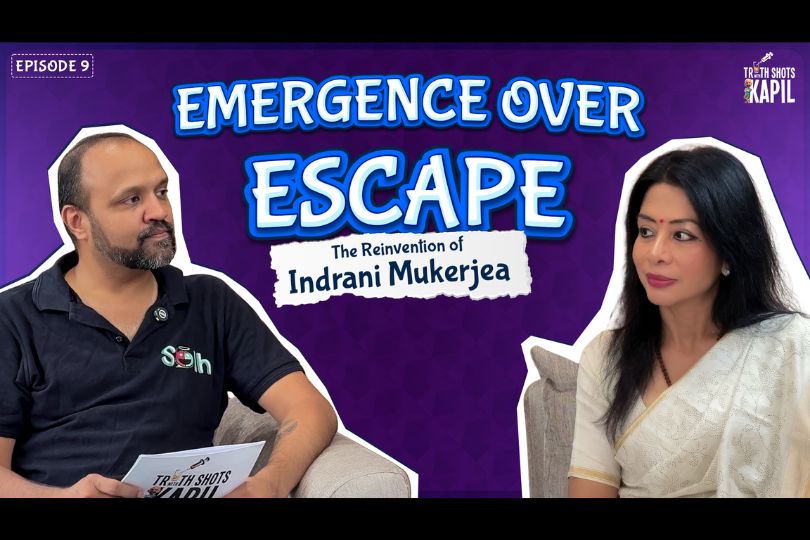
.jpg)


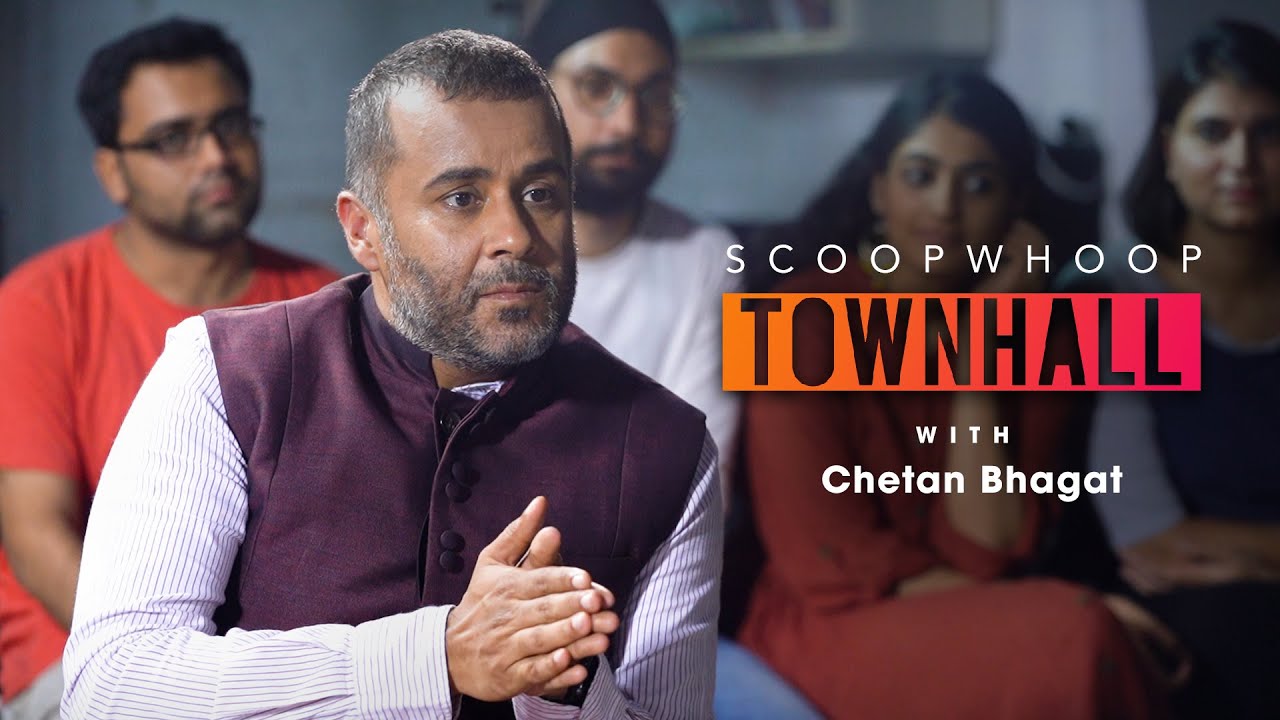
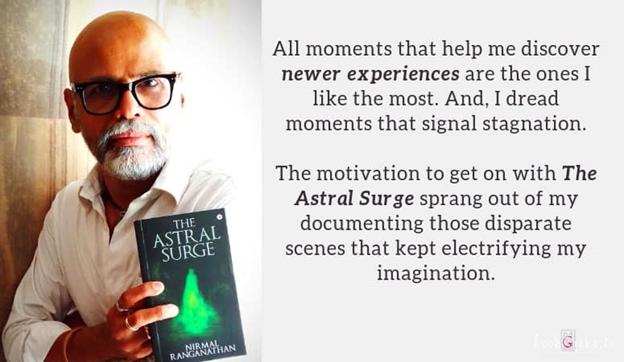
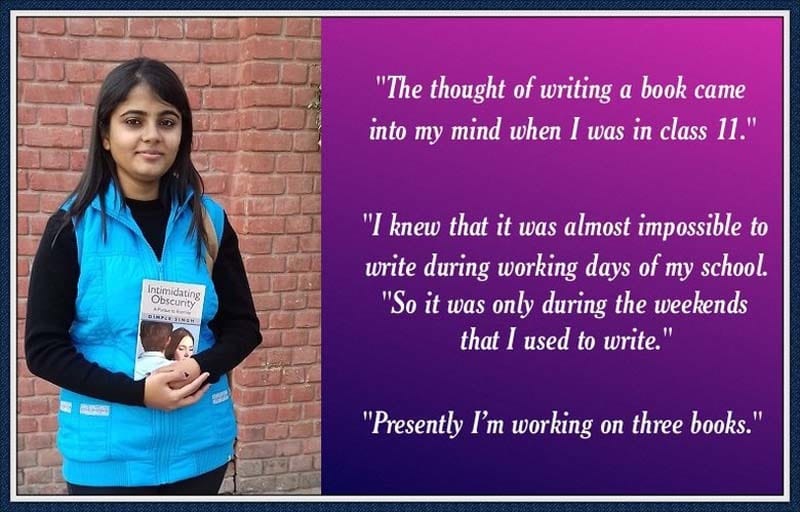
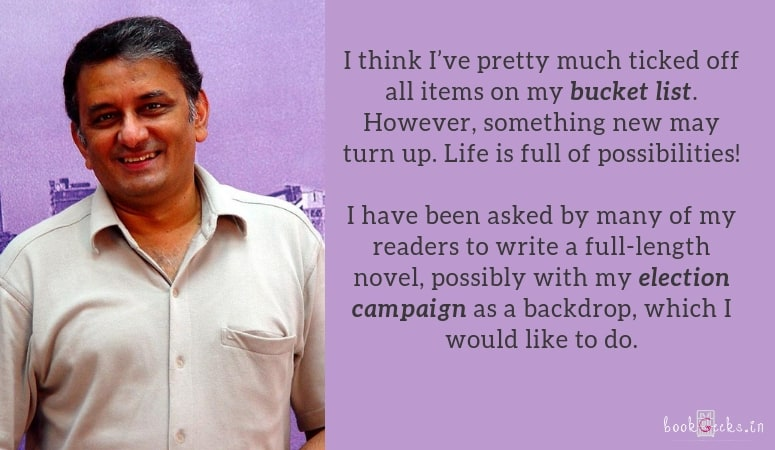
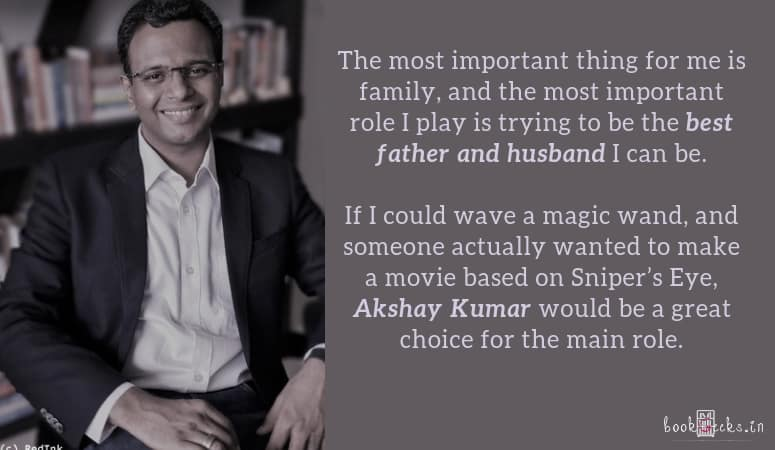
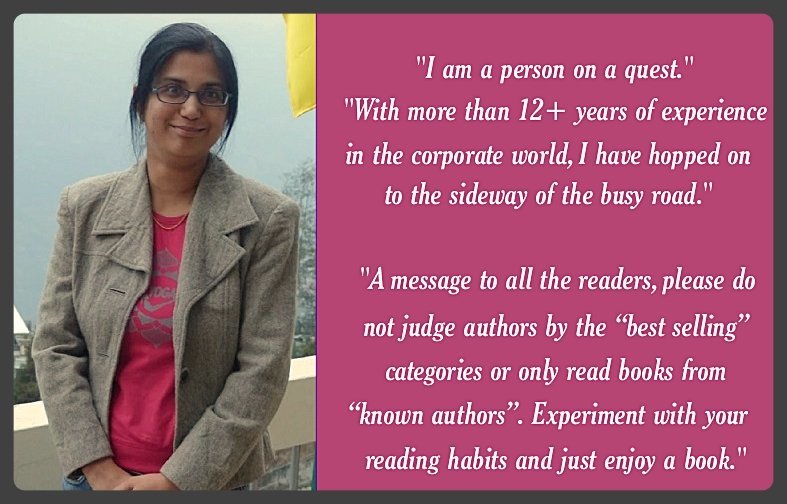


Sorry! No comment found for this post.